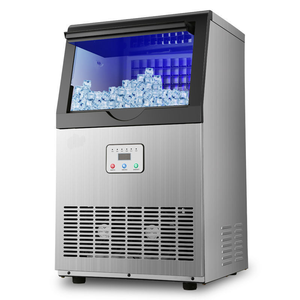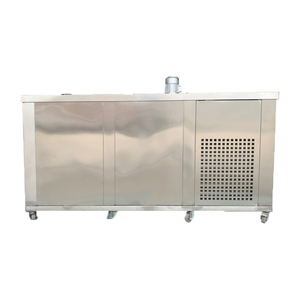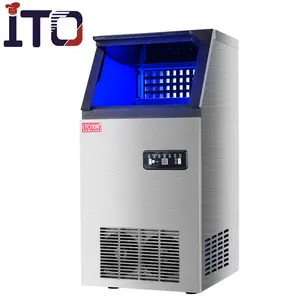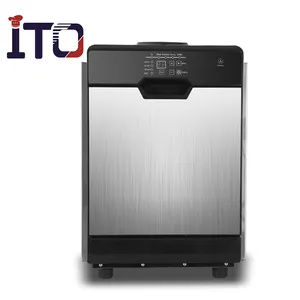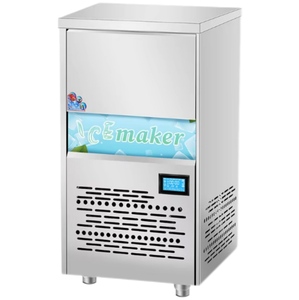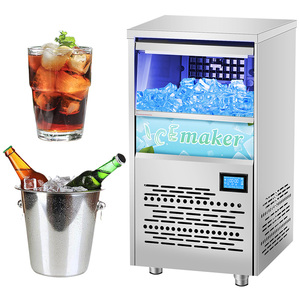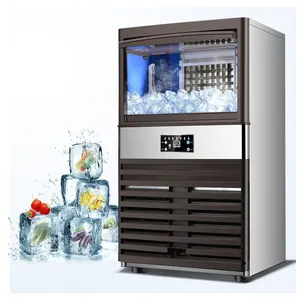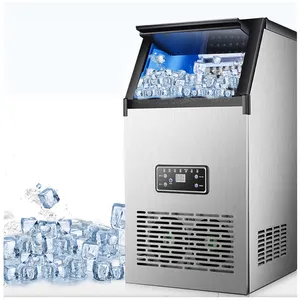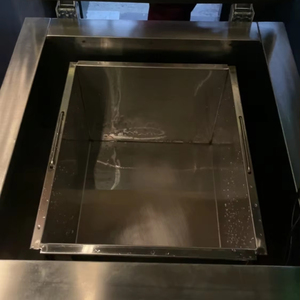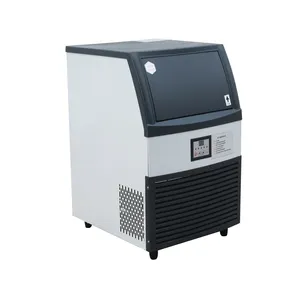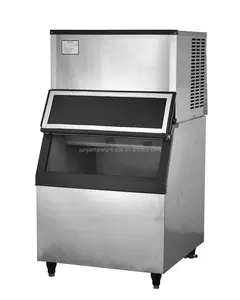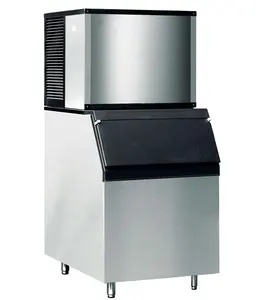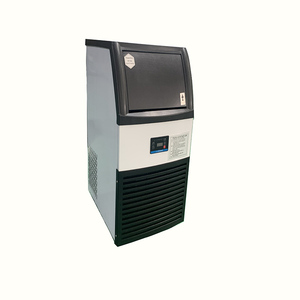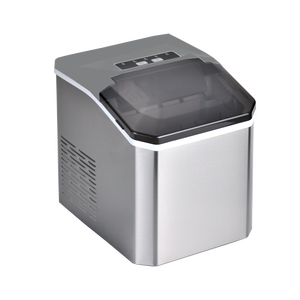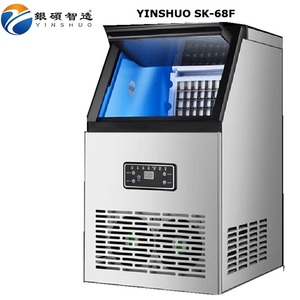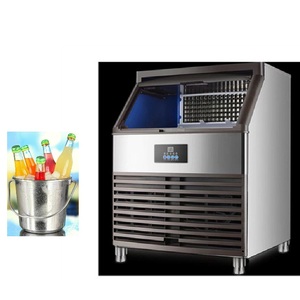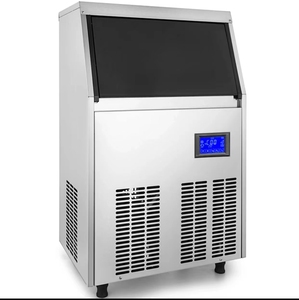Fridge Ice Cube Maker















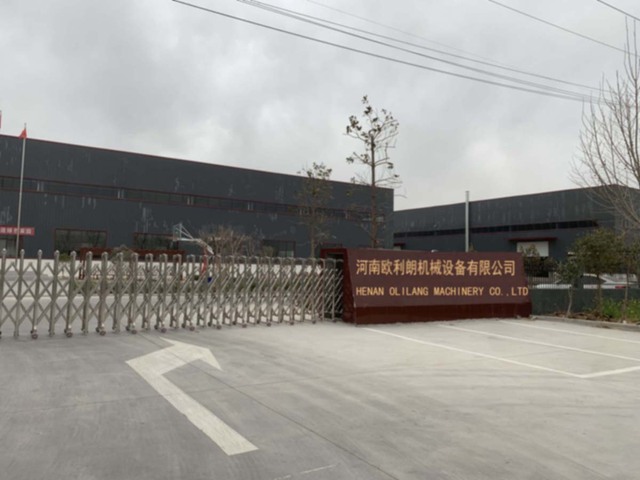






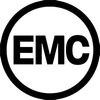








 CN
CN







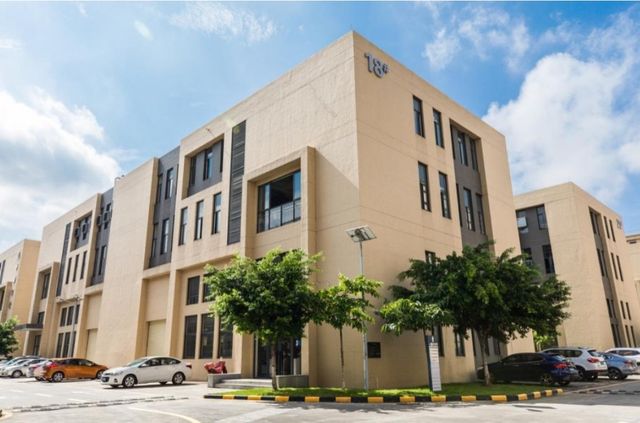
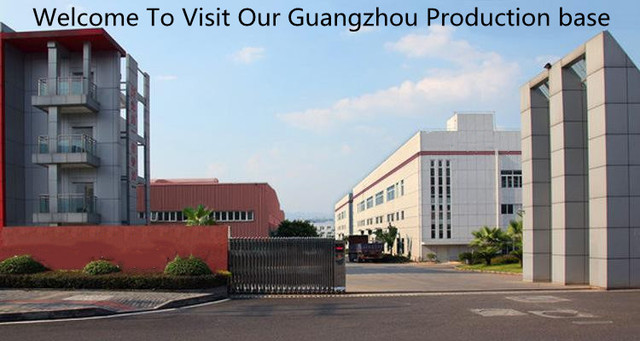

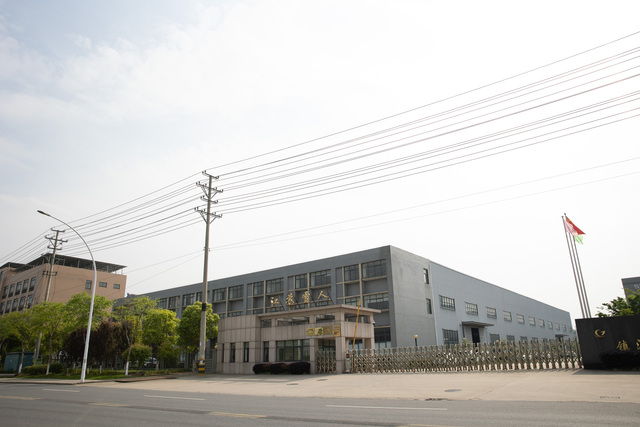

About fridge ice cube maker
Where to Find Fridge Ice Cube Maker Suppliers?
China remains the central hub for fridge-integrated and standalone ice cube maker production, with key manufacturing clusters in Zhejiang, Guangdong, and Guangxi provinces. These regions host vertically integrated supply chains encompassing compressor fabrication, refrigerant handling, mold design, and final assembly. Zhejiang and Guangdong account for over 70% of China’s small-scale commercial and residential ice-making appliance output, supported by mature logistics networks and proximity to Shenzhen and Ningbo ports, enabling efficient global distribution.
The industrial ecosystem allows for rapid prototyping and scalable production runs, with many suppliers operating dual-line facilities capable of producing both solar-powered DC units and standard AC models. Integration with compact refrigeration systems enables hybrid designs—such as upright fridges with built-in ice makers—that benefit from localized component sourcing, reducing lead times by 15–25% compared to offshore manufacturers. Buyers gain access to flexible MOQs, ranging from single-unit test orders to container-sized batches, with typical lead times between 25–40 days for standard configurations.
How to Choose Fridge Ice Cube Maker Suppliers?
Effective supplier selection requires systematic evaluation across technical, operational, and transactional dimensions:
Technical Compliance & Product Range
Verify that suppliers offer products aligned with target market voltage standards (e.g., AC 220V for Europe/Asia, DC 12V/24V for automotive or off-grid use). Confirm refrigerant type (commonly R600a or R134a) and energy efficiency ratings. Prioritize companies listing dedicated ice maker categories or refrigeration appliances, indicating domain specialization. For example, suppliers with >100 listings in "Ice Makers" or "Car Refrigerators" demonstrate focused expertise.
Production and Customization Capacity
Assess customization capabilities including:
- Power compatibility (AC/DC, solar integration)
- Ice shape and size options (cubic, bullet, diamond, spherical)
- Capacity range (portable units: 10–15kg/day; commercial: up to 350kg/day)
- OEM/ODM support for branding, packaging, and control panel design
Suppliers advertising cycle time, cooling mode, compressor type, and water intake specifications typically possess structured engineering oversight.
Quality Assurance and Operational Metrics
Evaluate performance indicators such as on-time delivery rate (target ≥98%), response time (ideally ≤3 hours), and reorder rate (lower rates may indicate niche or new-market focus). Cross-reference these metrics with product pricing consistency and minimum order quantities. A stable price band across multiple SKUs suggests controlled production costs and inventory management.
What Are the Best Fridge Ice Cube Maker Suppliers?
| Company Name | Main Products | Price Range (USD) | Min. Order | On-Time Delivery | Avg. Response | Reorder Rate | Online Revenue | Customization Options |
|---|---|---|---|---|---|---|---|---|
| Huzhou Transtec Electrical Appliances Co., Ltd. | Chest Freezers (823), Top-Freezer Refrigerators (258) | $274–295 | 1 set | 100% | ≤3h | <15% | US $20,000+ | Limited (implied via model variants) |
| Nanning Nanyuanfang Refrigeration Equipment Co., Ltd. | Commercial ice machines (multiple capacities) | $199–1,363 | 1 piece | 99% | ≤5h | <15% | US $740,000+ | Extensive (power, size, refrigerant, plug, logo, packaging) |
| Shenzhen Xinbo Technology Co., Ltd. | Silicone ice trays, storage boxes | $0.24–1.03 | 3–10 pieces | 96% | ≤1h | 18% | US $40,000+ | Material and shape (BPA-free silicone, diamond-shaped) |
| Yuyao Haohong Electrical Appliance Co., Ltd. | Car Fridges (142), Ice Makers (124) | $44.90–245 | 1–3 pieces | 100% | ≤2h | <15% | US $170,000+ | Moderate (portable, camping-use models with DC power) |
| Shanghai Jingyao Industrial Co., Ltd. | Commercial cube ice machines, vending units | $330–1,300 | 1 set/bag | 100% | ≤4h | <15% | US $550,000+ | Size, power, capacity |
Performance Analysis
Nanning Nanyuanfang leads in customization depth and revenue volume, offering a broad price spectrum and modular design flexibility suitable for commercial clients. Shanghai Jingyao and Huzhou Transtec achieve perfect on-time delivery records, signaling robust production planning, while Yuyao Haohong caters effectively to portable and automotive markets with competitive entry-level pricing. Shenzhen Xinbo stands out for ultra-low MOQs and fast response times but focuses primarily on non-electric, silicone-based ice trays rather than mechanical units. Suppliers with online revenues exceeding US $500,000—Nanning Nanyuanfang and Shanghai Jingyao—demonstrate proven export scalability and customer acquisition capability.
FAQs
What certifications should fridge ice cube maker suppliers have?
Look for ISO 9001 certification as a baseline for quality management. For EU and North American markets, CE, RoHS, and ETL compliance are essential for regulatory clearance. Suppliers should provide documentation on refrigerant safety (e.g., A2L classification for R134a) and electrical insulation standards.
What is the typical MOQ and lead time?
MOQs vary from 1 unit (for testing) to 10+ pieces depending on model complexity. Lead times average 25–40 days post-deposit, with additional 7–14 days for air freight or 25–35 days for sea shipping. Solar or custom DC models may require extra validation steps, extending timelines by 5–10 days.
Can suppliers provide product samples?
Yes, most suppliers allow sample orders at near-production cost. Pricing typically reflects 80–100% of unit value, with partial refunds upon subsequent bulk orders. Sample availability within 7–14 days indicates strong inventory readiness.
Do manufacturers support OEM/ODM services?
Leading suppliers like Nanning Nanyuanfang and Shanghai Jingyao offer full OEM/ODM support, including custom logos, packaging labels, user interfaces, and technical specifications. Minimum branding volumes typically start at 50–100 units, with no additional tooling fees for minor modifications.
How to verify supplier reliability?
Cross-check declared certifications with issuing bodies. Request factory audit reports or video tours to confirm production lines and quality control stations. Analyze transaction history through verifiable revenue metrics, on-time delivery rates, and buyer feedback focused on post-sale service and defect resolution.





























